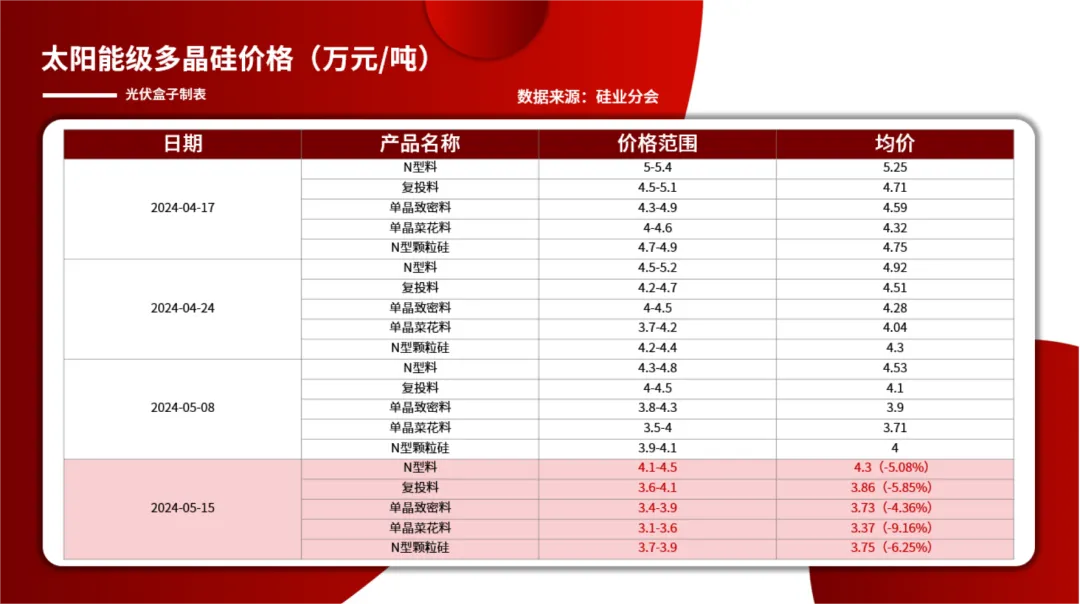bifacial pv module
The Rise of Bifacial PV Modules Revolutionizing Solar Energy Production
In the quest for renewable energy sources, solar power has emerged as a prominent contender, offering a clean and sustainable alternative to fossil fuels. Among the latest innovations in solar technology is the bifacial photovoltaic (PV) module, which is rapidly gaining traction in the solar energy sector. These advanced modules utilize solar cells on both sides to capture sunlight, leading to increased energy production and efficiency compared to traditional monofacial panels.
Understanding Bifacial PV Modules
Bifacial PV modules are designed with solar cells on both the front and rear surfaces. This dual-surface design allows them to absorb sunlight from multiple angles, significantly enhancing their energy yield. Traditional monofacial panels, on the other hand, only capture direct sunlight on one side. Bifacial modules can take advantage of reflected sunlight (albedo) from the ground, which can contribute to additional power generation, especially in areas with bright, reflective surfaces like snow or sand.
Increased Energy Harvesting
One of the most significant benefits of bifacial PV modules is their ability to harness more energy. Research indicates that bifacial panels can achieve energy yields that are 10% to 30% higher than standard monofacial panels, depending on the installation conditions, such as the type of ground surface and the tilt angle of the modules. This increase in energy production is particularly beneficial for large solar farms, where maximizing output is critical to improving the return on investment (ROI).
Enhanced Durability and Longevity
Bifacial PV modules often come with additional advantages concerning durability and longevity. The technology used in these modules typically includes glass-on-glass designs, which provide greater protection against environmental factors like hail, wind, and moisture. This robustness not only leads to a longer lifespan—often exceeding 30 years—but also reduces the frequency and cost of maintenance and replacements, ultimately lowering the total cost of ownership for solar projects.
bifacial pv module

Versatility in Applications
Bifacial PV modules are versatile in their applications, making them suitable for various environments. They can be used in utility-scale solar farms, commercial installations, and even residential rooftops. Their ability to perform well in different conditions makes them a favorable choice for both installers and consumers. In addition, bifacial modules can be placed in vertical installations, such as building-integrated photovoltaics (BIPV), where they can capture sunlight in urban areas where traditional solar panels may not be feasible.
Economic Considerations
Investing in bifacial PV technology does have higher upfront costs compared to traditional monofacial modules. However, the increased energy output and reduced operational costs associated with their longevity can offset these initial expenses, leading to substantial savings over time. As the technology becomes more widely adopted and production volumes increase, the cost of bifacial PV modules is expected to decrease, making them more accessible for diverse applications.
Environmental Impact
In addition to their economic advantages, bifacial PV modules contribute positively to the environment. By optimizing land use and increasing energy generation, they can help accelerate the transition to renewable energy and reduce reliance on fossil fuels. Furthermore, their enhanced durability reduces waste, as fewer replacements are needed over the life of the system.
Conclusion
Bifacial PV modules are paving the way for advancements in solar energy technology, offering enhanced energy efficiency, durability, and versatility. As more solar installers and investors recognize the benefits of bifacial modules, we can expect to see a significant shift in the solar landscape. The increase in energy output not only supports the economic viability of solar projects but also plays an essential role in global efforts to combat climate change and promote sustainable energy solutions. The future of solar energy is bright, and bifacial PV technology stands at the forefront of this evolution.
-
Unlocking Energy Freedom with the Off Grid Solar InverterNewsJun.06,2025
-
Unlock More Solar Power with a High-Efficiency Bifacial Solar PanelNewsJun.06,2025
-
Power Your Future with High-Efficiency Monocrystalline Solar PanelsNewsJun.06,2025
-
Next-Gen Solar Power Starts with Micro Solar InvertersNewsJun.06,2025
-
Harnessing Peak Efficiency with the On Grid Solar InverterNewsJun.06,2025
-
Discover Unmatched Efficiency with the Latest String Solar InverterNewsJun.06,2025







